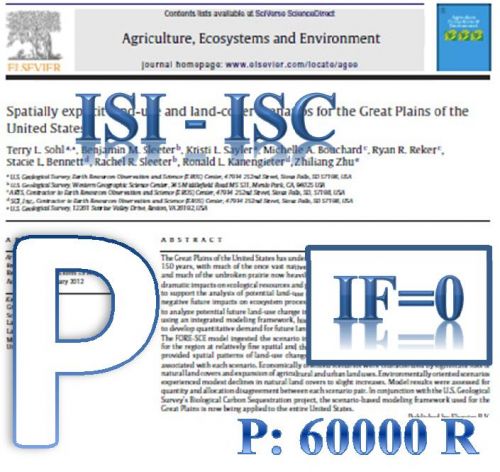Stored-product pests in the family Bruchidae of Coleoptera are important pests of legume seeds. The lentil weevil, Bruchus lentis Frӧlich (Coleoptera: Chrysomelidae: Bruchinae) is one of the major lentil pests in Iran and the world. The economic losses caused by this pest on lentil grow to 40%. Synthetic pesticides are currently the method of choice to protect stored grain from insect damage. However, their widespread use has led to the development of pest strains resistant to insecticides and pest resurgence. In recent years, nonchemical methods, including biological agents are considered as safe methods to control the stored grain pests. Positive characteristics of entomopathogenic nematodes as biological control factors of arthropod pests, introduces them as an appropriate option for controlling the integrated pest management of lentil weevil. In this study, an isolate of entomopathogenic nematode, Steinernema feltiae isolated from soils around Yasouj and based on morphological traits and morphometric data were identified. In this experiment, adult insects of lentil weevil were exposed to concentrations of 0, 500, 1000, 2000 and 3000 infective juvenile/ml of distilled water at different temperatures (20, 23, 26 and 29ᵒ C). Insects were placed on filter paper impregnated with 1 ml of nematode suspension in Petri dishes for three days. Mortality of the insects recorded every 24 hours. The highest mortality was recorded after 72 hours which was 79.40% at the concentration of 3000 infective juvenile in 26ᵒ C.
کلید واژگان :Bruchus lentis; entomopathogenic nematode; Lentil weevil; Steinernema feltiae
ارزش ریالی : 1200000 ریال
با پرداخت الکترونیک
